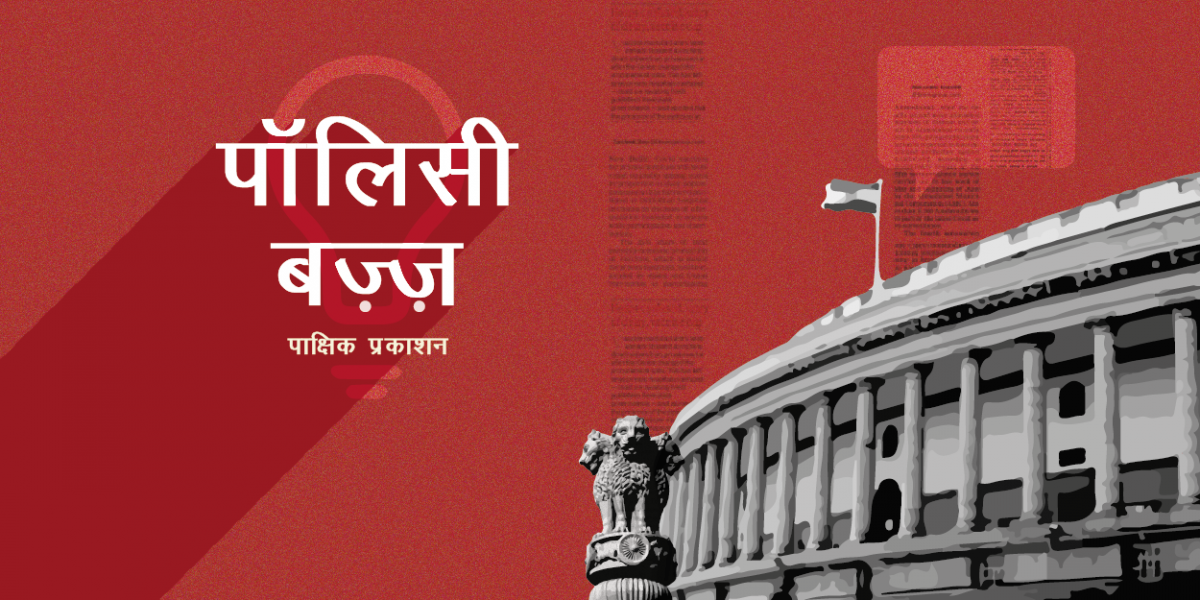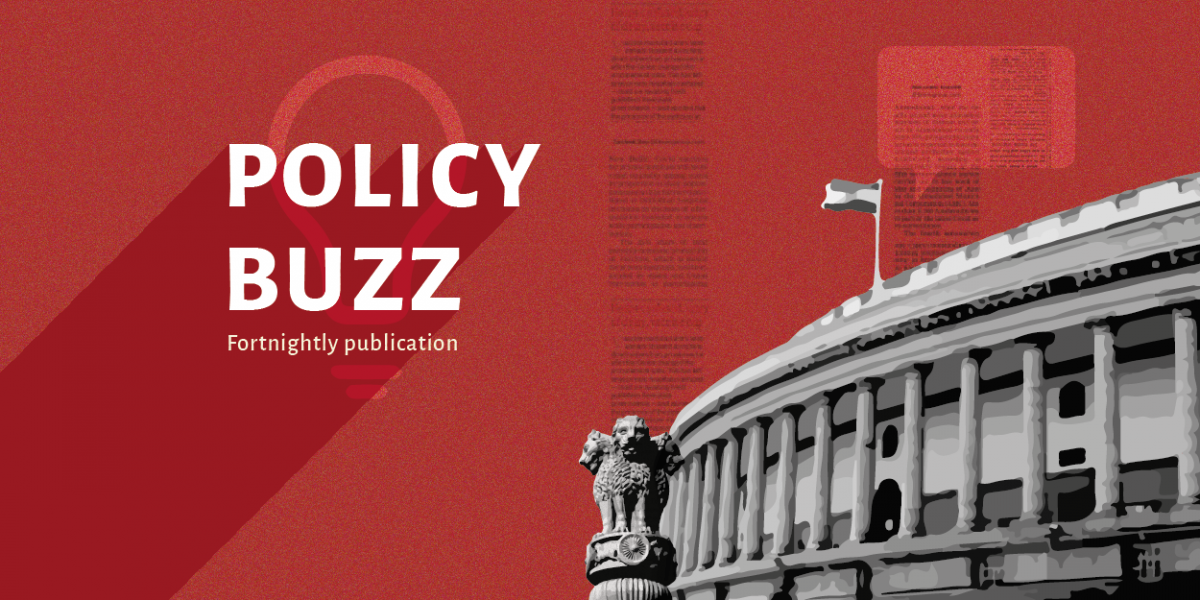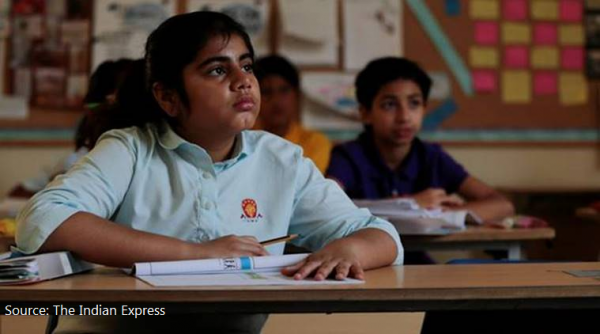In my previous blog, I recounted how the Karnataka government had begun the process of fiscal data transparency at the Gram Panchayat (GP) level by publishing information on the allocations, plans and programmes of some important line departments, taken down to the level of each GP. Theoretically, a big barrier was crossed by this step. If required, anybody – the Panchayat members, officers and the general public – could look at the performance of each line department institution at the Panchayat level to analyse if things were going well.
Theoretically, I emphasise.
To find out what the ground reality is – the GP level link books have been out now for a few months – I spoke to the convener of a State level collective of Panchayat members. This gentleman, now serving his third term as a Panchayat member, has for long been a champion of their rights. An engineer by education, he returned to his village and stood for Panchayat elections. Soon, he was leading from the front, working hard to put together a pressure group of Panchayat elected representatives, spreading awareness on the rights and responsibilities of the Panchayats.
His assessment on the usefulness of the GP level link books was blunt. They have not yet had any effect, he said. Firstly, he said, after they were released in a formal ceremony, not enough had been done to publicise their contents. While he had downloaded these and distributed them through his network, they were hard to obtain online, hidden behind several urls and not easily found on the departmental websites.
Secondly, he said, the training programmes of the State Institute of Rural Development had not incorporated this significant development and were not spreading any awareness about how such fiscal data are useful for decentralised planning. This even as programmes were being conducted on how to prepare decentralised Panchayat development plans.
That brings me to focus on a missing link in spreading the idea of transparency. This is the absence of awareness building on how to use data.
We really don’t know how to use data.
Stating this out could be a red flag to the minority of people; activists, NGOs, government officers and Panchayat members who use data. They have every right to be annoyed with my statement, considering the efforts they put in and the success that they have achieved, through using data put out by the government. However, I still stand by my statement, that apart from a few exceptions, we do not have a culture that can make sense of data, particularly fiscal data put out by the government.
Of course, data can be put to use in many ways; and the most frequent and useful way to use it is to follow up on public grievances, or track individual applications. Here, there have been many successes, and some glaring failures as well. Tracking of wage payments, pensions, applications for various certificates and authorisations, passports, utility payment and so on have been successful and I would venture to say that a culture of following up on these as a matter of course has been stabilised in most people.
However, there are failures too. Try tracking the school admissions of children under the RTE. Try tracking applications under various right to services acts, except for the above mentioned, and one will be met with outdated data, blind links, and tortuous labyrinths of click-through steps.
The tracking of most data, particularly financial data, of releases, expenditures and progress reports, is still next to impossible. This is even though fiscal data may be released.
How does one cure this lacuna?
There is a simple way, a way to begin. It does not need great mathematical ability or analytical skill. Once your data requirement is not centered on the needs of individuals – such as tracking of applications, payments and so on – and it is focused on trends, I find it more useful to track distribution patterns, rather than averages.
Let me give you an example.
In the past few days, I received two documents containing analyses of the profiles of elected Panchayat representatives; one from a northern Indian state and one from the south. Both contained information on the age, gender, educational qualifications, ownership of smartphones (a new metric), and the number of times individuals had been elected to panchayats and so on. All the data were in terms of percentage. All were useful to understand the overall profile, but pretty much useless beyond that initial insight.
There is an absence of awareness building on how to use data.
Yet, the database from which these averages were compiled is rich with information that can enable strategic planning. I would have looked at the data mainly from the perspective of distribution of trends. I would put the data through simple excel calculation sheets that displays, in graphical form, the distribution pattern of the data.
Take for instance age. I would look for the outliers. Which are the panchayats with the youngest members? Where are the most well-educated panchayat members? What is the distribution pattern of different education patterns? Which are the Panchayats with a large number of women elected representatives; more than the numbers mandated by the reservations system? I would go for that new age cliché. I would look for outliers, because it is there that the seeds of change can germinate.
Yet, sadly, my experience is that most departments don’t look for distribution data — they are exhausted by their broad brush trend analyses. Averages exhaust them, leaving them with little energy to look at more granular data.
My friend in the Panchayats and I discussed this in great detail. Let’s organise training programmes from the Collective, aimed at individuals with particular interests, say, in agriculture, in health and education, he said. We made our promises to each other. Now we have to carry these out.
T.R. Raghunandan is an Advisor at Accountability Initiative.
The opinion is that of the author and does not represent an institutional stand.
Also Read: The Importance of Information Portals for Accountability from a Transparency Campaigner’s Perspective







